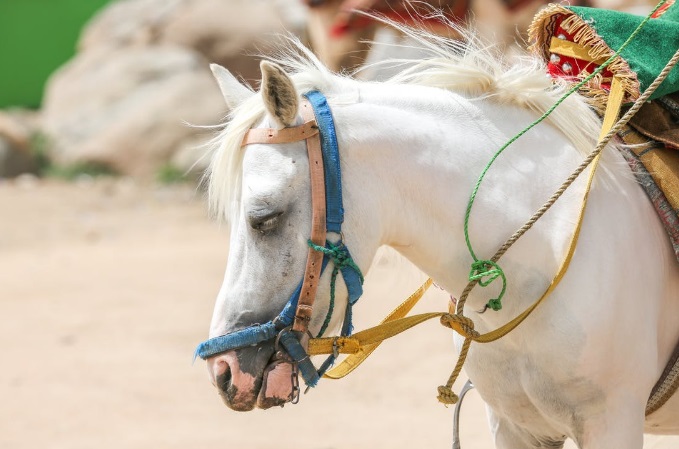There are many ways you can cue your horse while riding. Neck reining is a popular way to cue your horse when riding, and it was developed in the West, and it has been trendy. In some ways, neck reining is the opposite of direct rein riding.
Know What Neck Reining Is?
Direct-rein riding is when the rider holds the horse’s reins tightly with tension. This allows the horse to sense the movements of the rider’s hands through a gentle bit that is placed in his mouth. Western riding uses a different signal to communicate with the horse via reins, and the Western riding style uses a stronger bit in the horse’s mouth. Because of this, the rider communicates with the horse by placing the reins on their neck and not through tension in the reins. Horses are sensitive to the touch. You should pay attention to the bit you use and your horse’s training.
How to Cue a Horse Via Neck Reining?
Your primary cue should be to hold the reins in one hand and move the other in the direction you want your horse to turn. Your horse’s neck should be in contact with the rein at the end of your turn. The combination of this sensation on the horse’s neck and the weight of your reins influences how the bit feels in his mouth. This signals the horse to turn.
Secondary cue #1 Keep your body straight and balanced. Now, tilt your head slightly in the direction that you want to go. Horses can feel the touch of a fly on their skin, and your horse will feel you preparing to turn. This cue is intuitive for most horses. However, if your horse doesn’t respond immediately to the cue, continue to practice it until they become more familiar with it.
Second cue #2: Press the entire outside of your left leg against the horse’s flank. You should also be aware that the canter cue involves moving your outside leg forward by 2 to 3 inches, pressing with the inner heel and calf. This will avoid confusing your horse and causing an unplanned gait transition. Keep your leg under your body while signaling with your entire leg.
Why wearing Sportswear Important During Workouts?
Train your Horse To Neck Rein
Horses can learn neck reining by themselves, and young horses are usually taught to rein with a gentle snaffle bit. If your horse can already respond to direct reining cues and you want to train him to neck rein, then continue to direct rein, but add in additional cues such as signaling for a turn with his outside leg or adding neck pressure. It is a good first step in teaching neck reining to your horse how to halt, transition, turn and use your body instead.
Demonstrations of neck reining are a great way to impress people. However, these horses respond primarily to the cues given them by their rider and not to the reins being held lightly against their necks. Your horse will learn to respond to your body and can turn, stop, and transition with consistent practice.
Your horse will respond to neck reining cues if you start to let go of your reins and allow your neck to move. As a cue to turn, begin laying the reins on your neck. This training might benefit from heavier reins. The horse will be more comfortable understanding the new neck reining cues if you match them with his familiar body and leg cues. Your horse can respond quickly to simple neck reining cues with practice and refinement.
Check out these new collections of horse hoods, horse scraper, and much more only on Onestopequineshop.com



